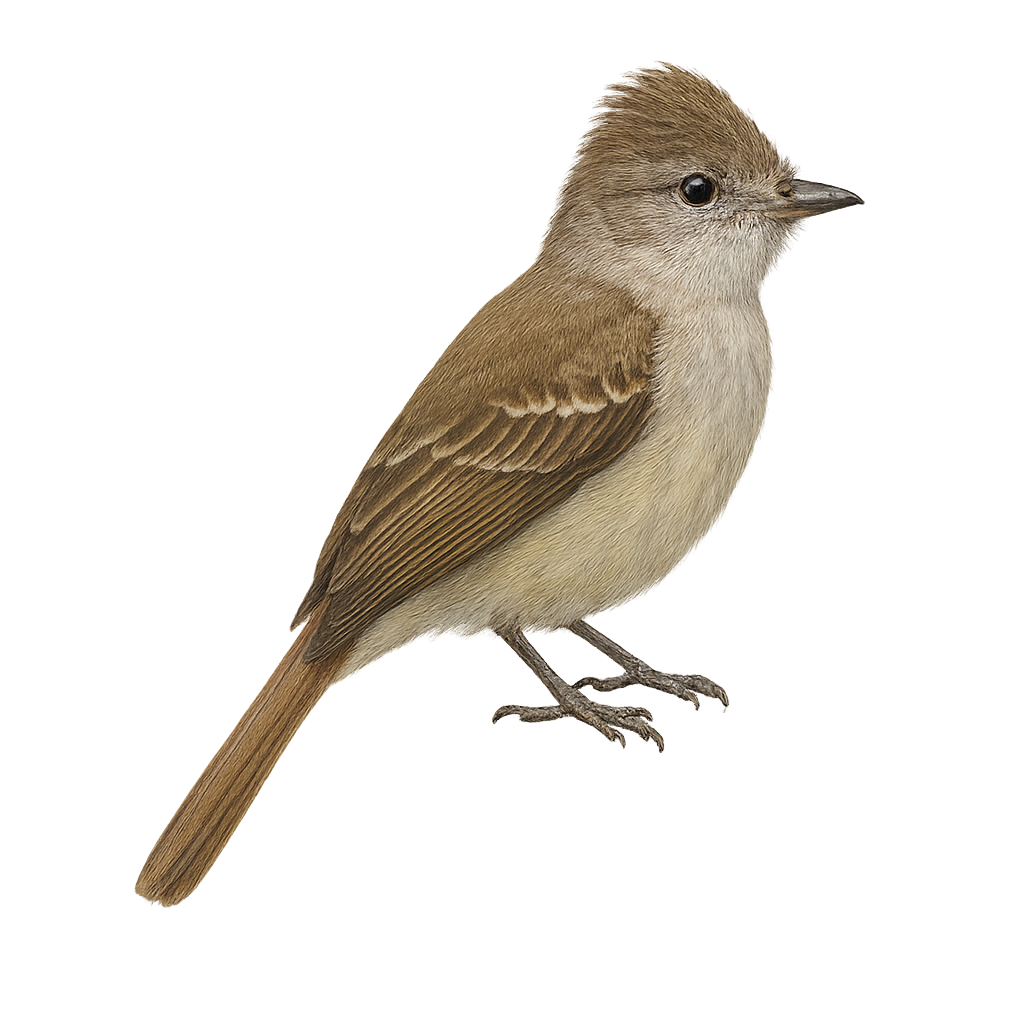Your wildlife photography guide.
Explore the pelzeln's elaenia in detail, study its behavior, prepare your shots.
Where to observe and photograph the pelzeln's elaenia in the wild
Learn where and when to spot the pelzeln's elaenia in the wild, how to identify the species based on distinctive features, and what natural environments it inhabits. The WildlifePhotographer app offers tailored photography tips that reflect the pelzeln's elaenia’s behavior, helping you capture better wildlife images. Explore the full species profile for key information including description, habitat, active periods, and approach techniques.
Pelzeln's Elaenia
Scientific name: Elaenia pelzelni

IUCN Status: Least Concern
Family: TYRANNIDAE
Group: Birds
Sensitivity to human approach: Not very shy
Minimum approach distance: 5 m
Courtship display: September to November
Incubation: 16-18 jours
Hatchings: September to December
Habitat:
Tropical forests, subtropical forests, canopies
Activity period :
Primarily active during the day, with peak activity in the morning and late afternoon.
Identification and description:
The Pelzeln's Elaenia is a small passerine bird belonging to the Tyrannidae family. It is primarily found in the tropical and subtropical humid forests of South America, particularly in Brazil, Colombia, and Venezuela. This bird is characterized by its olive-green plumage on the back and lighter underparts, with a subtle crest on its head. It is often seen feeding on insects and fruits in the canopy. Although its song is discreet, it plays an important role in communication between individuals. The Pelzeln's Elaenia is not very shy, making it easier for birdwatchers to observe.
Recommended lens:
400 mm – adjust based on distance, desired framing (portrait or habitat), and approach conditions.
Photography tips:
To photograph the Pelzeln's Elaenia, it is advisable to use a telephoto lens of at least 400mm to capture precise details of its plumage. Since this bird is not very shy, you can approach it to about 5 meters without disturbing it. Opt for early morning hours to benefit from soft and natural light. Try to capture the bird in action, such as feeding or singing, to get dynamic and lively shots.
The WildlifePhotographer App is coming soon!
Be the first to explore the best nature spots, track rutting seasons, log your observations, and observe more wildlife.
Already 1 432 wildlife lovers subscribed worldwide

